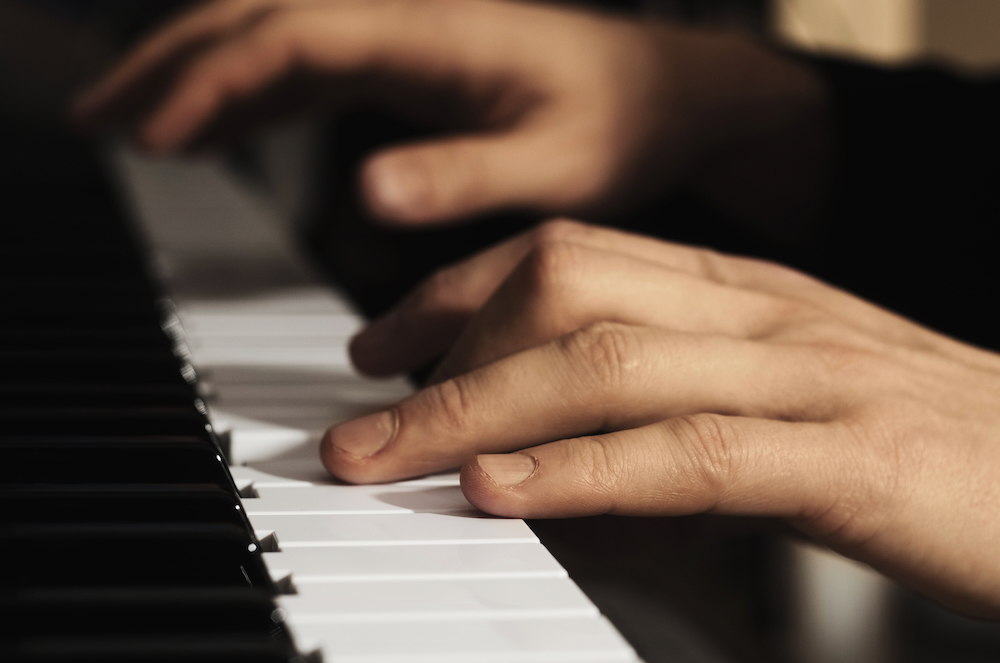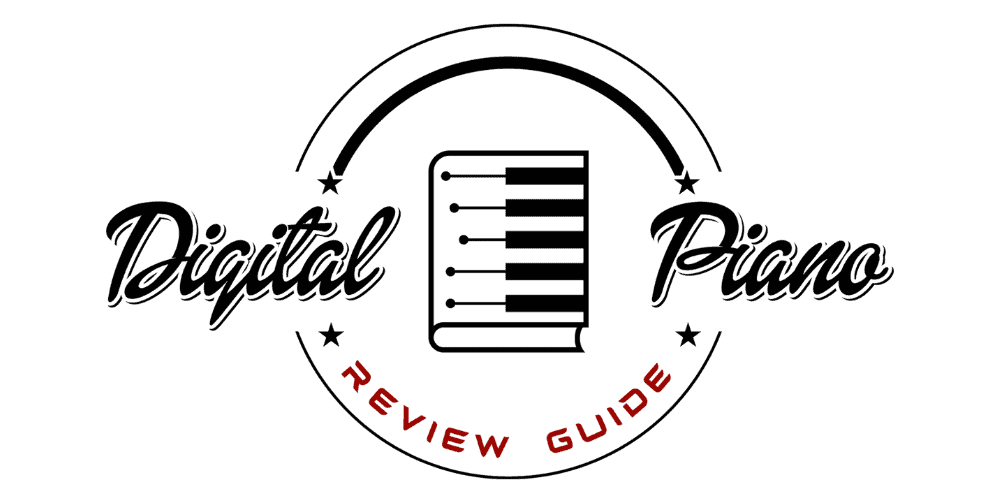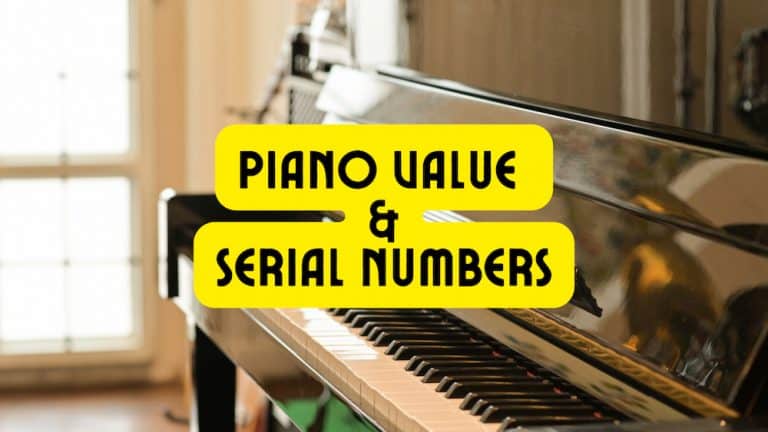Baldwin Piano Value – Assessing a Baldwin Piano’s Worth

If you have a love for old school pianos, then there’s a good chance there will come a time when you’ll want to know the Baldwin piano value is for either a piano you personally own or one you’re interested in acquiring. So in this article, we’re going to assess what a Baldwin piano is worth.
Baldwin Piano Value: Assessing Market Value

One of the best ways to asses the value of a Baldwin piano is to find out either what they are currently selling for on the open market, or what they have previously sold for. To do this, I always like to dive a bit deeper than online auction houses like eBay to get a true read on the situation.
For example, a store like Jim Laabs Music (located in states such as Wisconsin and Minnesota) sells quite a few Baldwin upright pianos—and for various prices. A Baldwin piano (with a shaded pecan finish) is selling for the asking price of $885.00. This is an instrument that’s considered to be in mint condition.
At the same time, Jim Laabs is also selling a Baldwin upright with an oak finish (in new condition with projecting sound and responsive key action) for $1,585.00.
And, if you really have some money to to burn, you could spend $3,680.00 to acquire a Baldwin professional studio piano in new condition.
Conversely, over at at Vincitore’s Hudson Valley Piano Center, you can acquire a Baldwin piano for a price that ranges from a little less than $800 to almost $3,700. For example, a starter Baldwin upright that was established in 1953 and comes with in a mahogany finish can be purchased for $798.
On the other hand, if what you’re really looking for is details on a Baldwin Acrosonic piano’s value, I can tell you that the Hudson Valley Piano Center is selling one in mahogany finish for $1,099.
And then finally, we have a Baldwin B1 grand piano (born in 1992 and comes complete with a polished ebony finish), which Vincitore’s Hudson Piano Valley is selling on their website for $3.695.
So what’s a Baldwin piano really worth? Well, there are a lot of variables that go into it, especially things like when the piano was made or what condition it’s in. Still, should a Baldwin piano check a lot of your personal boxes, I think it’s pretty safe to say that the value of a Baldwin is about $800 (give or take) on the lowest end, and bordering on about $4,000 on the high end.
What Affects the Value of a Piano?

Several factors can affect the value of any piano, not just a Baldwin piano, such as:
- Age
- Condition
- Brand
- Model.
As with almost everything, age is a heavy factor in value. The longer something is used (or even just exists and is exposed to situations where wear and tear is normal) the less it will be worth.
Pianos also experience something called depreciation. Much like cars, the older they are, the less inherent value they have. There is a common formula used to measure the depreciation of the value based on how old a piano is, but an appraiser (someone who comes and inspects your piano, then gives you a rough estimate of how much it may be worth on the market) may give you a different answer depending on the condition and brand.
Additionally, condition is a factor. Now, a deterioration in the condition and depreciation are different concepts and can independently affect the value of a piano. Depreciation is a fairly fixed phenomenon that affects the price of any piano regardless of how well it’s been taken care of. Still, the condition of a piano can very much remain dependent on how well the instrument’s previous owners cared for it.
General wear and tear is to be expected, so I wouldn’t expect too much value to be subtracted for minor scrapes or chips in the body of the piano. The issue comes when there is significant damage to the body or damage to the parts of the piano that create sound.
For example, if several strings on the inside are damaged, or several of the keys are cracked or missing, I’d expect a significantly lower value than you might otherwise see.
Finally, the brand and model of the piano factor in strongly, as well. Big brand piano names are going to be able to sell for more money based on their excellent reputation. And if it’s a more rare piano, one would be able to expect to receive even more money.
The Age and Condition of a Piano

The value of your Baldwin piano will depend on everything listed above. I would start with determining the age and general condition of your piano. To find the age, you’ll need to find the serial number on your piano (it should be a short set of numbers and/or letters stamped somewhere on the piano—it might be on the inside or outside of your instrument).
Once you have the age, you can use it to help calculate any estimated depreciation.
Next, figure out the overall condition of the piano. Does it play easily, and does it sound like a piano should? Are the keys truly in good shape, or are you dealing with sticky piano keys or yellowing piano keys?
Is the body intact? Are there any missing or broken parts? This isn’t a comprehensive list of questions, but they are things you need to think about. Whatever your valued estimate is after depreciation, it’s going to be even lower if your instrument is suffering from any significant damage.
Finally, the brand and model will play a big role in determining the value. On top of that, if a piano that was in some degree of poor condition gets a makeover thanks to being faithfully restored, one can expect that instrument will increase in value—just like renovating a house.
Conclusion
I acknowledge that crafting an article about Baldwin piano value is no easy task. The truth is that the worth of a piano, especially an older piano, can but a bit all over the place. It can depend on everything from its visual aesthetic to its condition pertaining to the sound of hammers hitting strings.
But hopefully, this article has helped you a little bit—especially if you’re planning to either buy or sell a Baldwin piano soon!
If this article helped you, please “like” our Digital Piano Review Guide Facebook page!
You Might Also Like:






